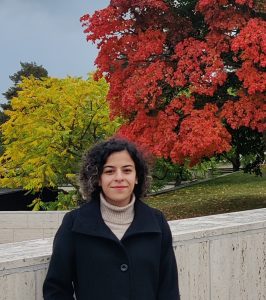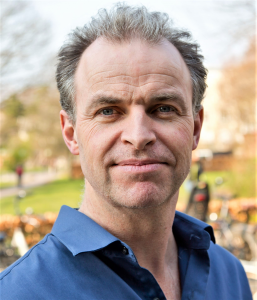
Maryam Khosravian, Aalto University
Impurity-induced excitations in a topological two-dimensional ferromagnet/superconductor van der Waals moiré heterostructure
When: 12:00-13:00 CET, November 24th (Thursday), 2022
Where: Main Hall, ICMM-CSIC, Campus de Cantoblanco, Madrid
The emergence of a topological superconducting state in van der Waals heterostructures provides a new platform for exploring novel strategies to control topological superconductors. In particular, impurities in van der Waals heterostructures, generically featuring a moiré pattern, can potentially lead to the unique interplay between atomic and moiré length scales, a feature absent in generic topological superconductors. Here we address the impact of nonmagnetic impurities on a topological moiré superconductor, both in the weak and strong regime, considering both periodic arrays and single impurities in otherwise pristine infinite moiré systems. We demonstrate a fine interplay between impurity-induced modes and the moiré length, leading to radically different spectral and topological properties depending on the relative impurity location and moiré lengths. Our results highlight the key role of impurities in van der Waals heterostructures featuring moiré patterns, revealing the key interplay between length and energy scales in artificial moiré systems.
[1] Phys. Rev. Materials 6, 094010(2022).

